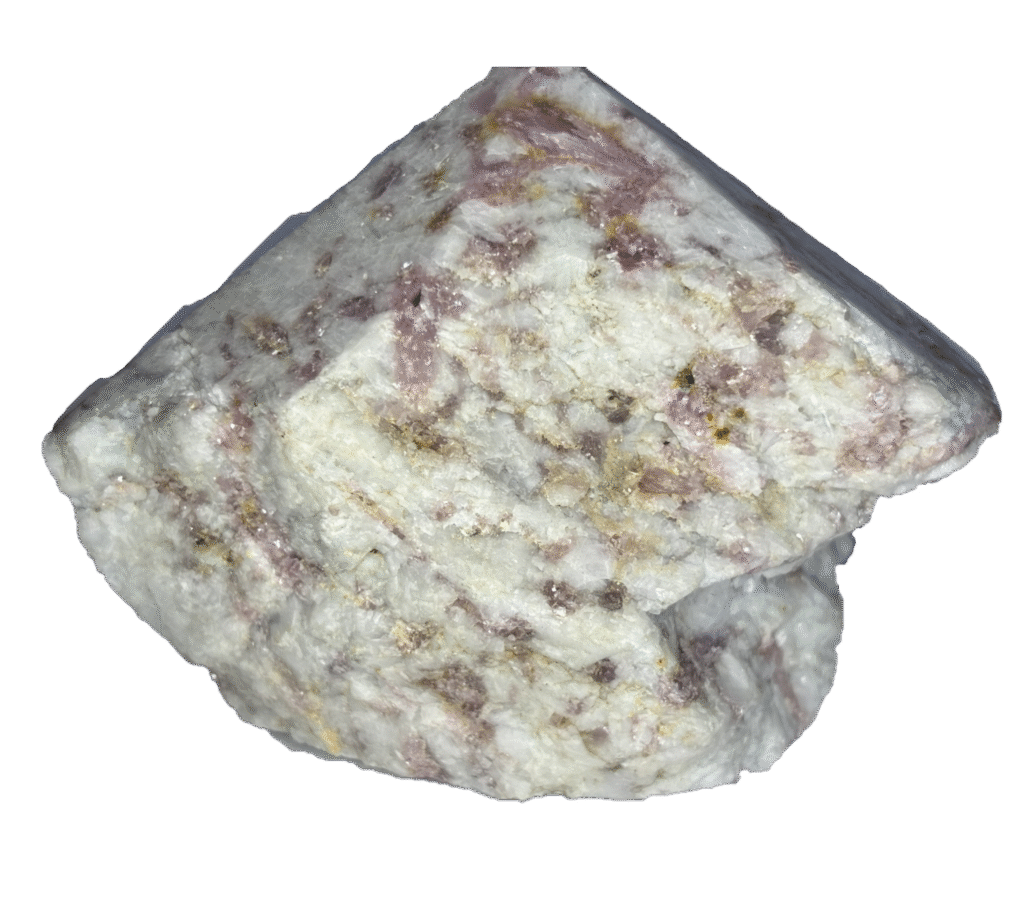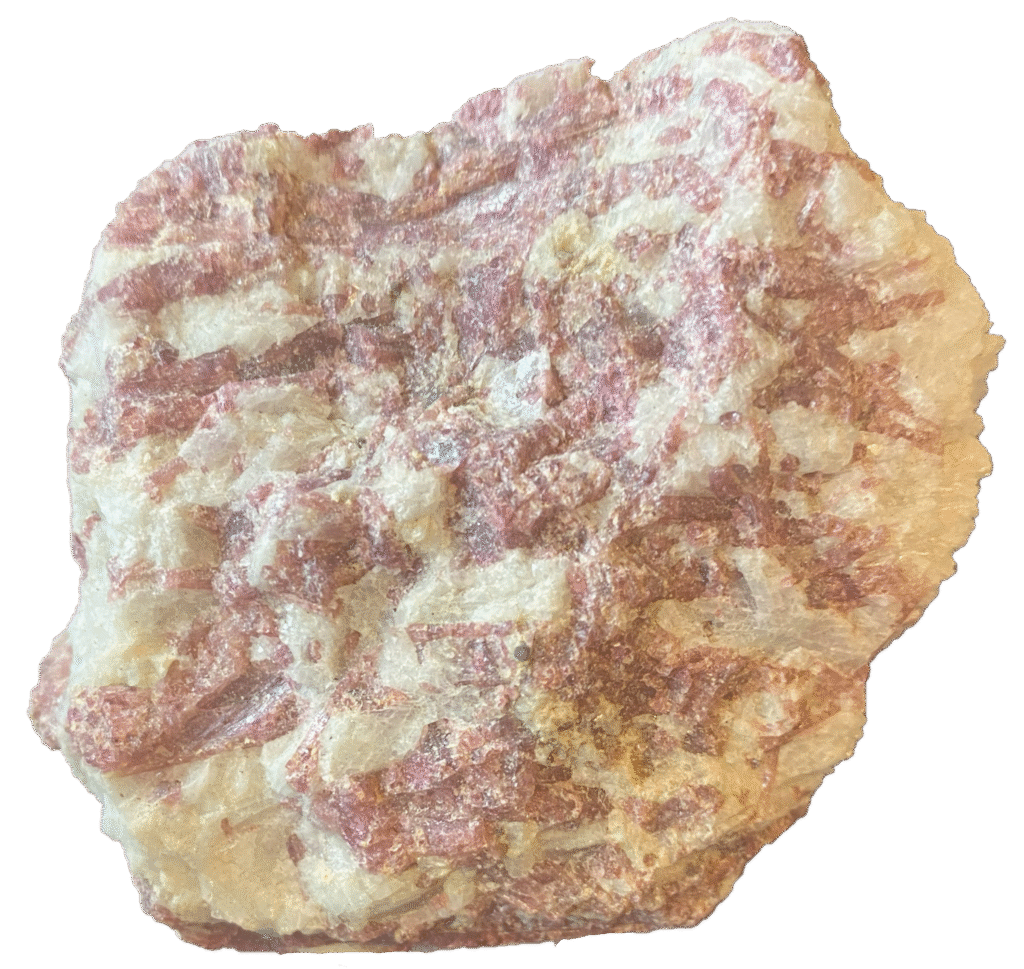
The denomination “pink tourmaline” derives from the medieval term turmali, which evolved over centuries in reference to a group of similarly hued minerals. The gem is sometimes known under alternative names such as “rubellite” when its pink to red varieties exhibit a particularly intense chroma. These appellations, deeply entrenched in both historical linguistics and mineralogical classification, underscore the gem’s dual identity as both a natural marvel and a cultural artefact.
Composition and Physical Characteristics
Chemically, pink tourmaline belongs to the complex cyclosilicate family, containing intricate mixtures of elements including aluminium, iron, magnesium, lithium, and boron. Its crystalline structure, often displaying prismatic or elongated tabular forms, manifests in a rich spectrum of pink hues. The inherent variability in its composition yields numerous varieties, ranging from delicate pastel pink to vivid raspberry tones, thereby offering a remarkable palette for collectors and jewellery designers. The mineral’s exceptional durability and refractive properties render it highly prized in both ornamental and industrial applications.
Varieties and Global Locations
In its geological occurrence, pink tourmaline appears in a range of localities worldwide. Notable deposits exist in Brazil, Madagascar, Afghanistan, and the United States, where differing geochemical conditions impart unique colour saturations and inclusions. The gem’s presence in metamorphic and pegmatitic environments underlines its formation in high-pressure, high-temperature settings, contributing to its complex internal structures and textural variations.
Archaeological and Historical Discoveries
Archaeological evidence and significant gemological finds have repeatedly attested to the prominence of pink tourmaline throughout history. Ancient civilizations esteemed the stone not solely for its visual splendour but also for its purported protective and healing attributes. Historical records indicate its integration into royal regalia and sacred ornaments, signifying its enduring allure and its capacity to bridge the realms of material beauty and metaphysical significance. In modern times, museums and private collections worldwide house specimens that evoke the mystique of bygone eras, thereby solidifying its status as a gemstone of historical consequence.
Folklore, Legends and Intriguing Anecdotes
The annals of folklore enshrine pink tourmaline as a talisman believed to bestow love, emotional balance, and inner strength upon its bearer. Tales abound of ancient seers who revered the gem as an emblem of passion and perseverance, while local legends in various cultures depict it as a mediator between mortal and divine forces. Such narratives, enriched with allegory and symbolism, have perpetuated the stone’s mystique over centuries, ensuring that its storied past continues to inform contemporary cultural imaginations.
Mystical Healing Properties and Spiritual Associations
Within the realm of mystical healing, pink tourmaline is ascribed a multitude of therapeutic virtues. Practitioners of alternative medicine advocate that the gemstone channels positive energies, thereby alleviating emotional distress and fostering a sense of calm and self-acceptance. The gem is reputed to stimulate the heart chakra, encouraging emotional healing and enhancing one’s capacity to nurture both self and others. Such properties are not confined to modern spiritual practices but resonate with ancient traditions that viewed the stone as a conduit for cosmic healing energies.
Astrological and Zodiac Connections
Astrologically, pink tourmaline is often aligned with the zodiac sign of Libra, renowned for its intrinsic emphasis on balance, aesthetics, and harmonious relationships. Astrological enthusiasts assert that the gem’s energy amplifies the inherent qualities of its corresponding sign, thus reinforcing traits such as empathy, fairness, and diplomacy. The symbiosis between planetary influences and gemstone energies engenders a holistic perspective in which the stone is not merely ornamental but also an integral component of personal cosmic alignment.
The Chakra System and Energetic Balance
Within the chakra paradigm, pink tourmaline’s resonance is predominantly associated with the heart chakra. This energy centre, which governs emotional expression, compassion, and unconditional love, purportedly harmonises the body’s vital energies when activated by the stone’s vibrational frequencies. Practitioners of energy healing posit that regular meditation with pink tourmaline can assist in dispelling negative emotions and in nurturing an equilibrium between the corporeal and the spiritual realms.
Birthstone and Wedding Anniversary Significance
Traditionally, pink tourmaline holds a place of honour as an alternative birthstone, particularly for those born in the month associated with its gentle hue. Furthermore, it is often selected as a commemorative gem for wedding anniversaries, symbolising enduring love, fidelity, and the passionate bond shared between partners. Its dual capacity to represent both personal identity and relational harmony cements its role in the realm of significant life celebrations.

Pink Tourmaline
Pink Tourmaline sparks joy and emotional renewal, fostering love, compassion, and inner strength. A vibrant heart stone for healing and energetic balance.,
